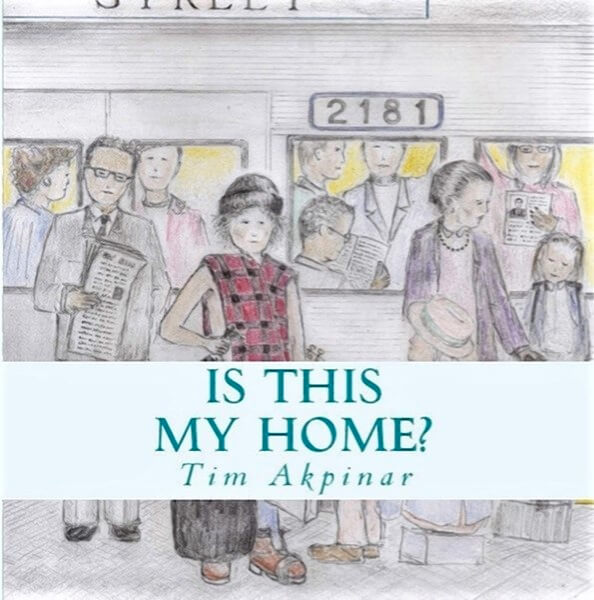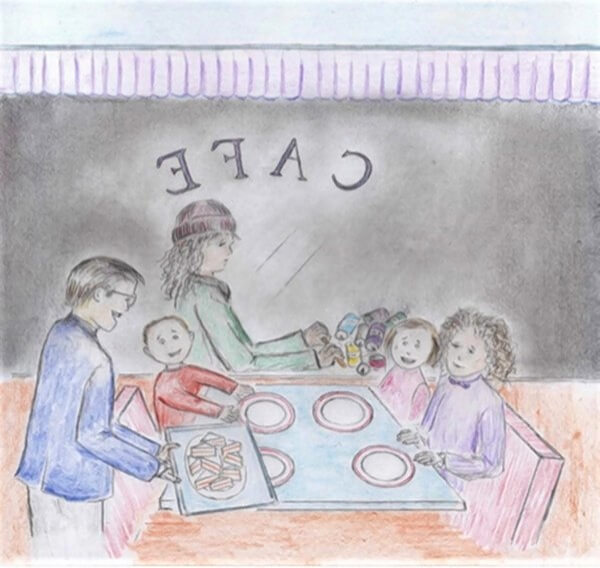By Jenna Bagcal
Children’s book topics run the gamut from saccharine fairy tales to thrilling adventures, but not many examine more serious topics like homelessness.
That was the goal for attorney and author Tim Akpinar, a Little Neck resident who wrote “Is This My Home?” to paint a realistic portrait of homelessness in a way children could understand.
“There isn’t very much out there in terms of children’s books about the subject because it’s a difficult subject to cover,” said Akpinar, who hopes his story can help children gain an increased sense of awareness and compassion for the homeless population.
The book follows the characters as they navigate familiar spaces including a bookstore, a cafe and an office waiting room that remind them of the homes they once had. The homeless individuals are met with disdain whenever they ask “is this my home?” and people inform them that they are not welcome in these places where they seek refuge.
One excerpt from the book tells it all: “I’m sorry but this is not your home. This is a bookstore. Look around and notice the decor. This is clearly not a shelter for the poor. You scare the customers, so please show yourself the door.”
Akpinar said that he wanted to communicate the sad reality that people can be closer to homelessness than they think and to also change the perception that many have about homeless individuals.
“It’s not such a remote thing, it’s very easy to befall a person given the economy or rents,” he said. “Some homeless people do work and are vital parts of the economy. Adults know that; we all see that. But children don’t see it.”
He hopes that if children do “get a glimpse” of the state of homelessness, they might be more inclined to ask “why?” and “what can we do?”
Though Akpinar is a full-time maritime attorney, he felt inclined to use his writing and illustrating talents to “do something for the greater good.” He highlighted that he is not an expert on homelessness and wrote the book based solely on his own thoughts and observations.
The author said that he had been thinking about writing a book on the topic for years but he could never sit down and gather his thoughts. The hardest part was finding ways to communicate the point in a way that was comprehensible to children.
He settled on a poetic approach to the topic and paired his words with hand-drawn illustrations—the whole process took him about a year to complete during his spare time on the weekends.
Akpinar chose to forego the more “lighthearted” tone that children’s books often take on in favor of a more serious tone to emphasize the point that it’s not a “happy” or “cheerful” subject, but rather one that requires readers to feel empathy.
It received positive feedback from industry professionals in social work, churches and schools who encouraged the author to “do something” with the book, so he has been trying to get it on library shelves for kids to read for free. According to Akpinar, the process has involved a lot of “legwork” from contacting various libraries to speaking to circulation people.
“It’s an important subject,” said Akpinar. “Many people are fortunate to have homes and it’s easy for them to take things for granted, like opening the refrigerator to take something cold out to drink. There’s a considerable sector of our society that doesn’t enjoy these things.”
“Is This My Home?” is currently available for purchase on Amazon.



































